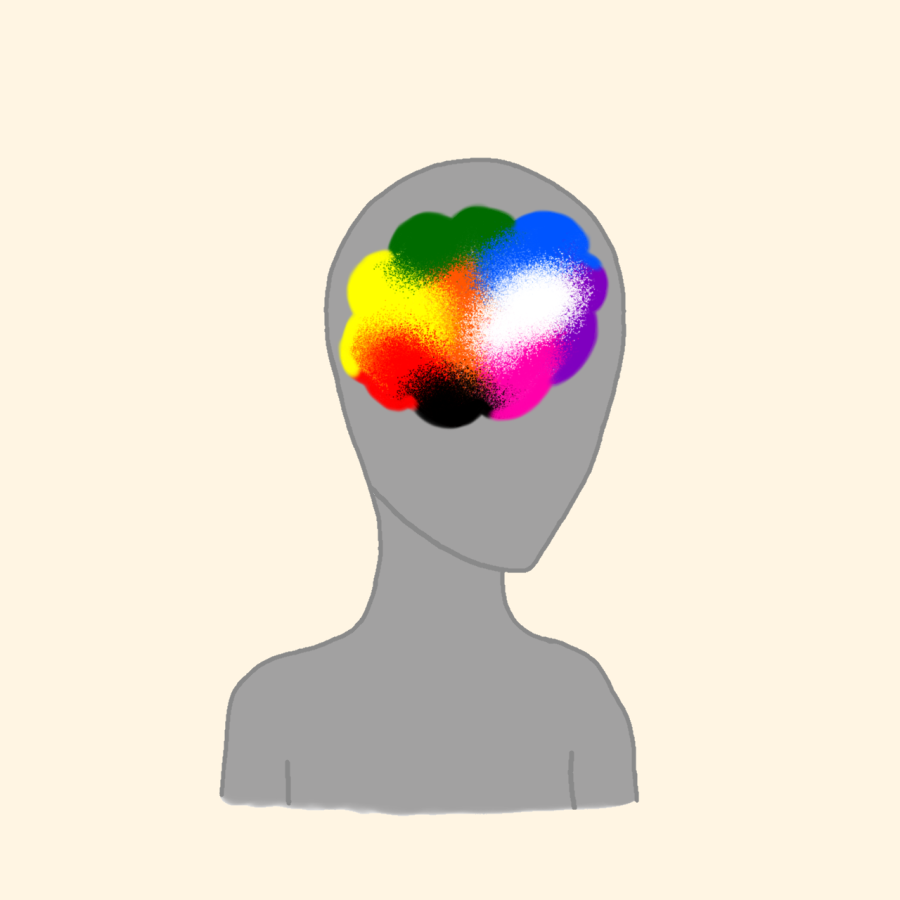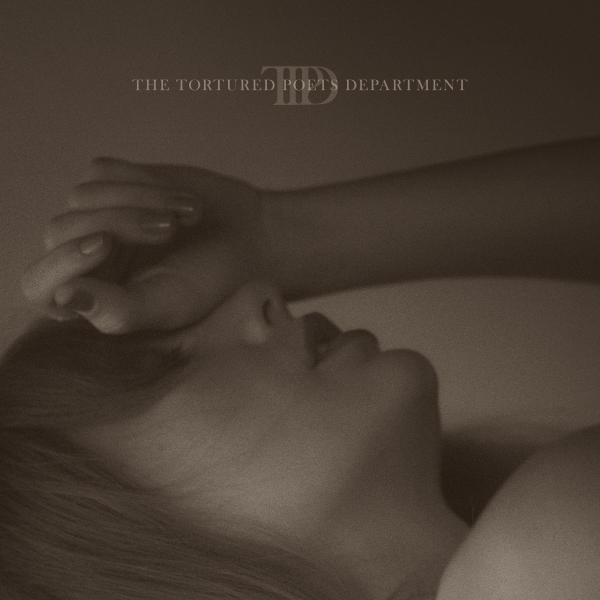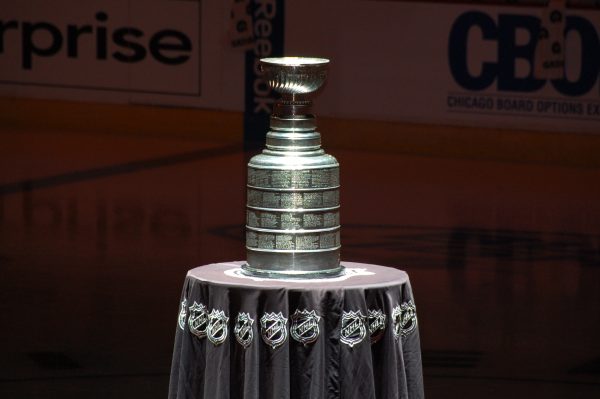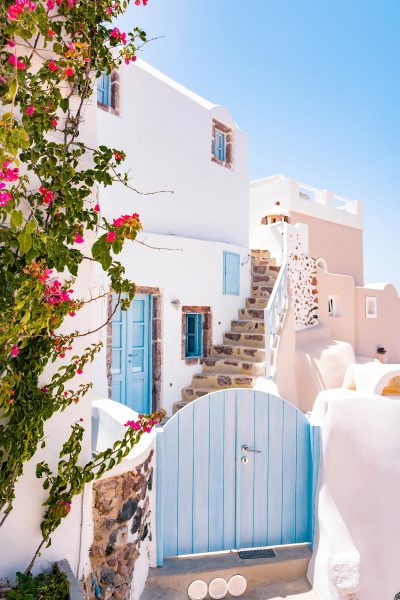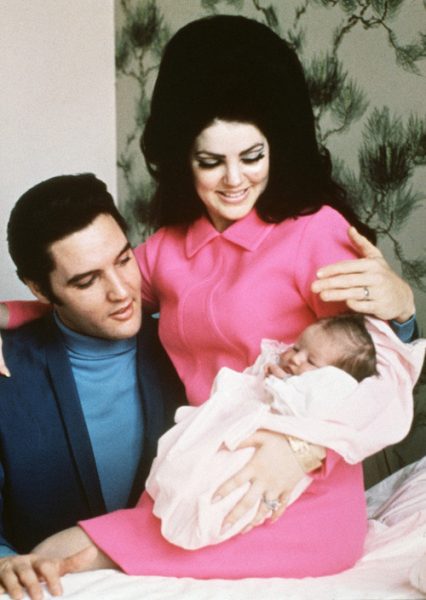Color Psychology
Color is all around us, but it can have different meanings depending on how you see them.
Color psychology is the study of how different colors affect people’s mental health and behavior. Colors are viewed with different meanings across different cultures, and people tend to have a personal preference in what they view as their favorite colors. Using color theory, scientists have been able to hypothesize that people have different perceptions of different shades of colors.
Many colors have developed different meanings over the years, after Swiss psychiatrist Carl Jung conducted a study on how different colors affect the human mind in the early twentieth century. While he originally intended to use his findings to allow his patients to express themselves with colors and images, nowadays color theory is typically used in marketing.
Brands generally use specifically chosen colors to identify their brand with, so when customers think of their company, they will associate it with their signature colors. Also, when searching for their preferred color scheme, they make sure to know how their target audience will perceive them. However, different types of colors have their own meaning outside of typical marketing.
Red:
Red is its own special type of color because it is a color all on its own as no other colors can create a similar red shade. It is typically connected with the idea of love, passion, and desire, but it can also be connected with war, danger, strength, and power, as it receives more attention than any other color. It raises breathing, blood pressure, and metabolism.
Yellow:
Yellow, the second primary color on the spectrum, is also the brightest, which has been proven to have increased awareness and energy levels. One of the most known connections that yellow has on media is being used in a lightbulb that indicates that a person has an idea. It also connects with the idea of joy, happiness,energy, honor, and loyalty. However, it should only be used in small doses because if it is used too much, it is considered irritable and will not be as effective.
Blue:
The color blue is a complete contrast to the color red on both the color wheel and also with it being the opposite of red’s intensity and passion. Blue is more known as a calm color and is often used in tranquil scenes, as well as to depict sadness. It is also known as peaceful, nurturing, and spiritual.
Orange:
Orange is seen as bright and persuasive as a combination of red and yellow. It is a combination of red’s intense feelings of love and strength and yellow’s optimism and happiness. It is usually connected with the idea of joy, sunshine, and tropical feeling as well as happiness, creativity, determination, and success.
Green:
Like blue, the color green is seen as relaxing, but the main thing people connect the color green with is the Earth’s creation since it is the main color found in nature. It is also seen as beneficial to people’s mental health because it slows down metabolism and creates a calming effect similar to blue.
Purple:
Because the color purple is a mixture of both red and blue, purple shares red’s connection with power and ambition, but it also shares blue’s ability to create a relaxing and stable environment. The color is also associated with the idea of luxury, wealth, nobility, wisdom, independence, and magic.
Pink:
The color pink is a pale mixture of red and white with multiple shades similar to purple, and it is seen as a more gentle version of red’s connection with passionate love. It is also connected with the idea of hope and innocence, because it is seen as one of the more non threatening colors of the spectrum.
Brown:
The color brown is one of the more serious colors as it is traditionally associated with the idea of stability, seriousness, and wisdom, as it is mostly used as a sign of respect and resourcefulness. Along with these connections, brown is also associated with the idea of trusted parental family members with the idea of reliability, maturity, and dependability.
White:
The color white is mainly associated with the idea of purity and wholeness, as well as the idea of new beginnings. An idea of this is like when you move into a new place or start a new art project, so you can use it as a new beginning to create something new. It is also connected with the idea of perfection and faith. It is mainly used at weddings for the bride’s wedding gown as a symbol of hope for the beginning of a new chapter.
Black:
The color black, which is the darkest color on the spectrum, is mostly associated with the idea of elegance, death, strength, authority, and mystery. It can also be connected with a sense of mystery with a natural fear of the unknown like black holes. It is mainly used as a symbol of grief. For example, black formal clothing is typically worn at funerals as a sign of respect for the people around them.
Colors are found everywhere in life, and no matter how you see them, they will have a special meaning to you in your mind.

Rhonda Corona is both a section editor and a graphic designer for the Pony Express. She is in her fourth year of Journalism and she mainly writes about...

